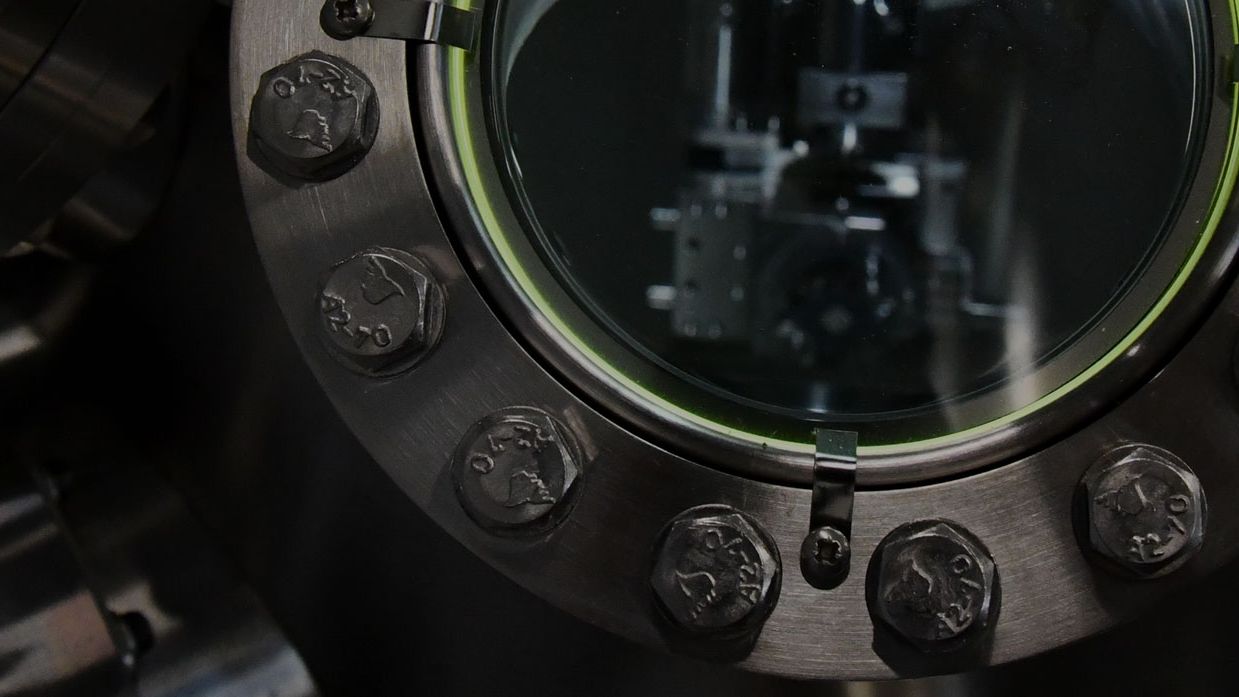highlights
Together with our partners University of Twente, Saxion, Con-vergence and SmartTip, the project aims to develop a system that combines an atomic force microscope (AFM) with a fully functional PLD system, thus allowing in-situ AFM measurements during the deposition process.
The intensity oscillations in RHEED measurements enable the determination of growth rates and the diffraction patterns provide insight into the crystal structure.
Since the first development of differentially pumped high-pressure Reflection High-Energy Electron Diffraction (RHEED), it has become a powerful technique for sample characterization during the deposition.
However, the downsides of this technique are that RHEED does not work for amorphous, non-crystalline materials and that the information lies in the reciprocal space, which makes it harder to interpret. The PLD community would therefore benefit greatly from a complementary in-situ technique that provides real-space information about the surface roughness and morphology. This is why we set out to develop the in-situ AFM.

